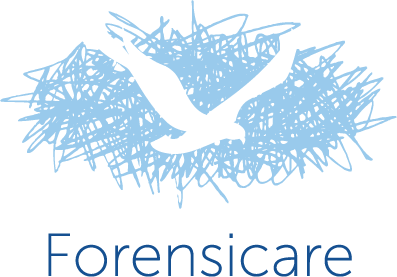Learn how to identify and manage compassion fatigue
We’ve been through a lot over the past two years. Although we are likely relieved at some of the return to ‘normality’ that we’ve experienced this year, many of us are noticing that there’s still a haze of fatigue hanging over us. Perhaps the level of emotional capacity that we used to have just hasn’t returned. We’ve also heard people comment on their experience of a dulled response to troubling news, such as the floods in QLD/NSW, the war on Ukraine, or more personal crises or stressors. This edition of The Ascent discusses compassion fatigue, to make sense of this desensitised experience.
What is compassion fatigue?
Compassion fatigue is the physical, emotional and spiritual exhaustion that comes from working in giving and caring roles. It is a common experience for health care providers; the sense that you have nothing left to give to your clients or patients (or friends and family), that it’s hard to connect with them, or that you’re not feeling as empathic or intrigued about your work as usual. It’s not necessarily that you don’t care anymore, but more your emotional cup has reached capacity, and there’s little room to move. Working in mental health requires a lot of us – our thoughts, our efforts, energy, and our care… and there’s only so much one can give, and take on, before our internal limits are reached.
Symptoms of compassion fatigue
Compassion fatigue may feel like burnout or even vicarious trauma, and indeed does share some of the same symptoms, but its cause and management are different. Burnout relates more to the external environment (i.e., too much work, too little time, too few resources). Compassion fatigue need not follow a particularly traumatising or distressing experience, though it may in some circumstances. Compassion fatigue is really about the (im)balance of our incoming and outgoing emotional and psychological energy.
When our emotional cup is maxed out, we find ways to cope and interact with others using as little emotional effort as possible. Detachment, numbing, becoming very task-focused and moving quickly or with less consideration during client or patient interactions requires less of us. Whilst this numbing is protective (of us) to a degree, it has implications for our mental, physical, and social wellbeing, and work outcomes. We may show more irritability or less objectivity. We may still have great, thoughtful ideas but just cannot build up the energy to implement those plans. Things that would usually cause an emotional response fail to drum up more than a passing “huh. That’s sad…”, or a “yep, whatever is fine”.
Managing compassion fatigue
Compassion fatigue is not a new concept – 18th century philosopher Immanuel Kant expressed concern of how one’s “exposure and sensitivity to others’ suffering (or of engagement and action to relieve it” may create numbing in us. Early editions of the Diagnostic and Statistical Manual of Mental Disorder (DSM; the text used to outline mental health diagnoses) referenced the potential toll of ‘knowing others’. Studies have shown that stress, anxiety and uncertainty can reduce our levels of empathy. When there’s multiple demands on our emotional resources (from our patients, families, friends, communities suffering from COVID or the floods, the invasion in Ukraine…and endless news cycles about these events), it’s no wonder we may be feeling like we have little left in the tank.
To regain some space for compassion:
- Be wary of giving too much in one place or in one go – support your emotional endurance by monitoring the degree to which you give your attention and energy. Notice if you’re too invested in an outcomes (maybe you can’t get it off your mind when you leave work), or in a ‘rescuer’ mode, or you’ve returned to doom-scrolling. Share your observations with colleagues or supervisors, review professional boundaries, and be mindful about your social media and news exposure.
- Titrate your emotional cup. We all have a finite emotional capacity and an individualised map of what takes from, and fills, our cup. Take some time to consciously explore what helps you feel revitalised, soothed, re-energised and build these things into your weekly or monthly routine. The trick is to allow for gradual and regular tips from the cup to keep yourself feeling balanced.
- Allow yourself to step out of the helper, or rescuer, mode every now and again. Like our emotional limit, we all have emotional needs. As healthcare workers we often prioritise others’ needs and overlook how important it is for us to be tended to as well. Give yourself permission to ask for a hug, a favourite meal, five minutes to yourself, a shoulder to cry on or an ear to talk to.
- Review your self-care routines and allow your mental and emotional selves to benefit from your physical selves being okay, well-nourished and healthy.





